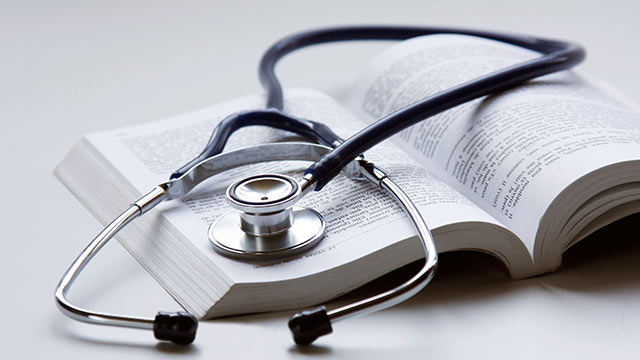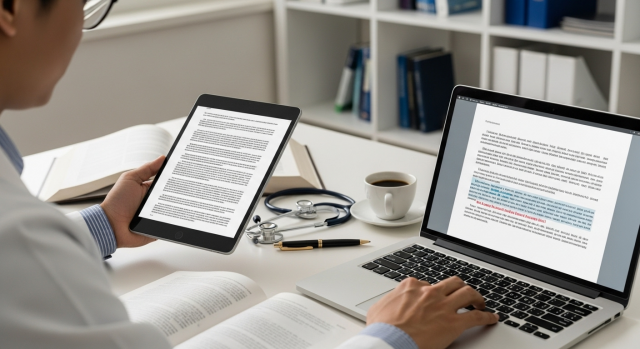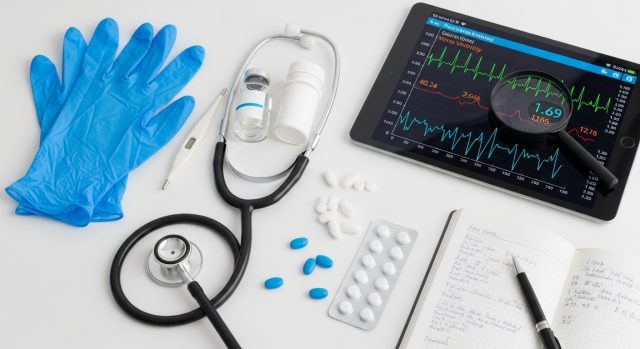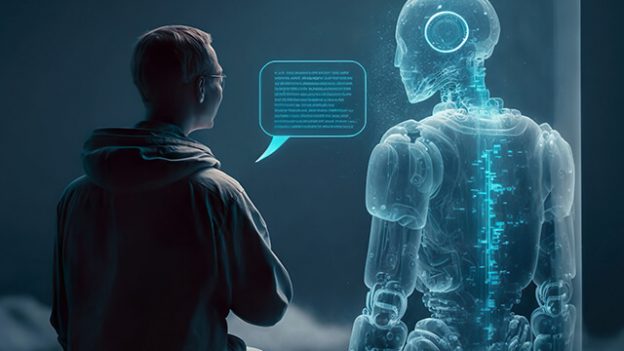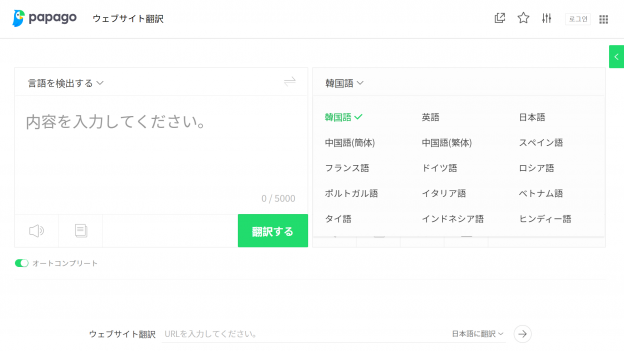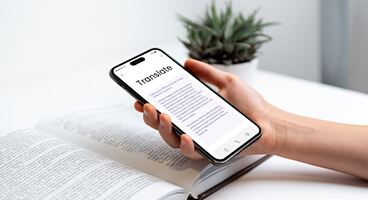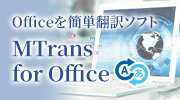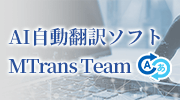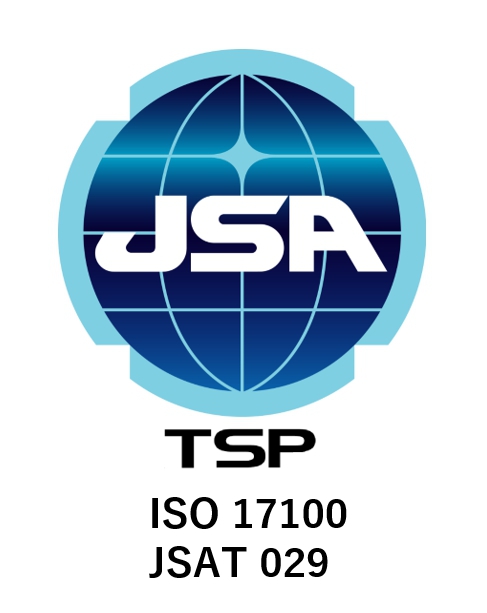
Industry translation, especially in the context of IT translation and marketing translation, cannot overlook the essential element of "localization."
Therefore, this time we will introduce the relationship between localization in translation and medical translation.
- Table of Contents
-
- 1. What is Localization?
- 1-1. Provide translations optimized for the target country
- 1-2. Contributing to Rapid Global Releases
- 2. What are the localization elements required in medical translation?
- 2-1. The first priority is to convey specialized content accurately by eliminating cultural elements.
- 2-2. Cases Where Translations Respecting Culture and Language Are Necessary
- 2-3. International Collaborative Clinical Trials Requiring Prompt Response
- 3. Summary
- 3-1. Human Sciences Translation Services with Extensive Localization and Tool Utilization Experience and Expertise
- 3-2. Leave medical translation to Human Science
- 4. Introduction to Medical Translation in Human Sciences
1. What is Localization?
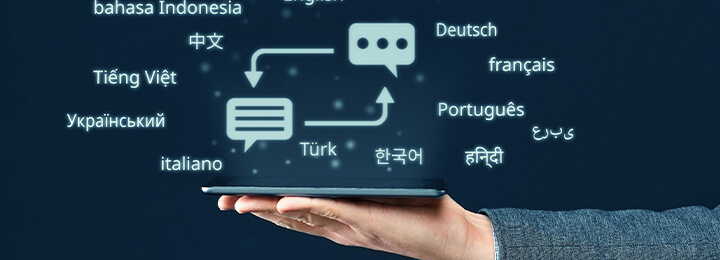
When you look up "localization" in the dictionary, the Digital Daijisen defines it as "regionalization," and when you look up "regionalization," it states, "It refers to making software developed for one language compatible with other languages..."
On the other hand, when you look up "localization" in the Practical Japanese Expression Dictionary, it states, "'Localize' refers to adapting products or services to suit a specific region or language. As a business term, it is particularly used in the IT industry. This includes translating software and websites and modifying designs to fit the local culture and language."
In a narrow sense, it refers to the development of software in other language versions, and in a broader sense, it seems to refer to optimizing for the culture and language of the target country in the expansion of websites, products, services, etc. to other countries.
1-1. Provide translations optimized for the target country
According to dictionary definitions, if translations of software UIs, websites, and product documentation are provided, it seems to meet the conditions for localization.
However, recently, there seems to be a demand to take a step further and optimize for the culture and language of the target country, including design and marketing strategies.
In translation, for example, it is possible to create a more natural translation by considering how to translate slang that originates from television programs in the source language country so that readers in the target country can relate to it, and by taking into account the religion and ethics of the target country when translating advertising copy.
1-2. Contributing to Rapid Global Releases
The emphasis on localization stems from the necessity for companies to execute the development of software in other languages, as well as the expansion of websites and products/services to other countries, more swiftly.
In order to fulfill the missions of such companies, translation must also be carried out quickly while optimizing for the culture and language of the target country.
2. What are the localization elements required in medical translation?

First of all, it goes without saying that compliance with the rules of regulatory authorities, product specifications, and the manufacturer's service system varies by country, so it is necessary to address these.
So, are there any other required elements?
2-1. The first priority is to convey specialized content accurately, excluding cultural elements.
The mechanisms of action of pharmaceuticals and the specifications of medical devices handled in medical translation are fundamentally universal, and it is essential to ensure that there are no discrepancies in content regardless of the language.
In contrast to creating translations that respect the cultures and languages of different countries, it is becoming increasingly important to accurately convey specialized content while eliminating the influences of cultural and linguistic differences.
For example, when translating a paper into English for submission to an overseas medical journal, if the translation is influenced by ambiguous expressions or ideas unique to the Japanese language, there is a risk that the research, even if excellent, may not be accepted.
2-2. Cases where translations that respect culture and language are necessary
On the other hand, when the audience is not healthcare professionals, such as in a webpage introducing pharmaceuticals to the general public, there may be situations where a sense of translation that uses phrases matching the sensibilities of Japanese people is necessary, for example, when introducing cases where a drug has improved patients' quality of life.
Even for content aimed at healthcare professionals, translations that consider Japanese culture and the characteristics of the Japanese language are sometimes required in blogs, lectures, discussions, and training content.
Generally, the statements made by doctors from English-speaking countries in lectures and discussions often feel more natural when translated into Japanese with a slightly more polite tone.
2-3. International Collaborative Clinical Trials Requiring Prompt Response
By the way, if we were to bring up a concept similar to the aforementioned "rapid global release of products and services" from the medical field, it would be the "International Collaborative Clinical Trials" for pharmaceuticals.
According to the Ministry of Health, Labour and Welfare's document "What are International Collaborative Clinical Trials?", it states that "these are clinical trials planned with the aim of global development and approval of new drugs, in which multiple medical institutions from different countries or regions participate in a single trial, proceeding simultaneously based on a common clinical trial protocol. Primarily, Phase III trials are targeted."
By formulating a unified implementation plan in the countries conducting the trials and conducting them simultaneously across the globe, it aims to overcome the so-called drug lag, where some countries experience delays in the approval of new drugs.
In clinical trials, a vast amount of documentation is generated, including pharmacokinetic studies, toxicity studies, safety reports, investigational drug brochures, clinical trial protocols, informed consent documents, clinical trial summary reports, case reports, and so on, which necessitates their rapid translation.
Related Blogs
What is Medical and Pharmaceutical Translation? Reasons for Difficulty and Points for Selecting a Service Provider
What is Life Sciences? An Explanation from the Importance of Life Sciences Research to How to Obtain High-Quality Translations!
3. Summary
3-1. Translation services in human sciences equipped with extensive localization and tool utilization experience and know-how
Human Science has years of experience and accumulated know-how in the localization of major IT companies and multilingual translation of documents related to products and services of large and global enterprises.
Translation and Localization Achievements | Human Science
In addition, we have accumulated achievements and know-how in the development of translation support tools, machine translation, and checking tools, and have handled many translation and document production projects.
Translation Service Features | Human Science
3-2. Leave medical translation to Human Science
In medical translation, Human Science provides high-quality translations with "highly specialized personnel × reputable translation technology."
Our medical translation services, powered by high-precision, speedy, and cost-effective technology, along with our excellent translation staff, can also meet the needs required for localization.
4. Introduction to Medical Translation in Human Sciences
At Human Science, we offer human translation services and post-editing services. Utilizing translation assistance (CAT) tools such as Trados and Phrase TMS (formerly Memsource), as well as machine translation tools, we are committed to improving translation efficiency and quality, contributing to our clients' further development.
If you have any concerns or interests, please feel free to contact us.
Medical Translation Services
Post-Editing Services
In addition, we provide information related to medical/healthcare translation, such as the following. We hope you find it useful.
Related Blog Posts
Introducing books that helped improve translation quality by professional medical translators!
What is the translation accuracy of DeepL in medical translation? Comparison results with Google/Microsoft/Amazon
Has the accuracy of medical translation improved? A comparison of DeepL and Google Translate between 2020 and 2023





